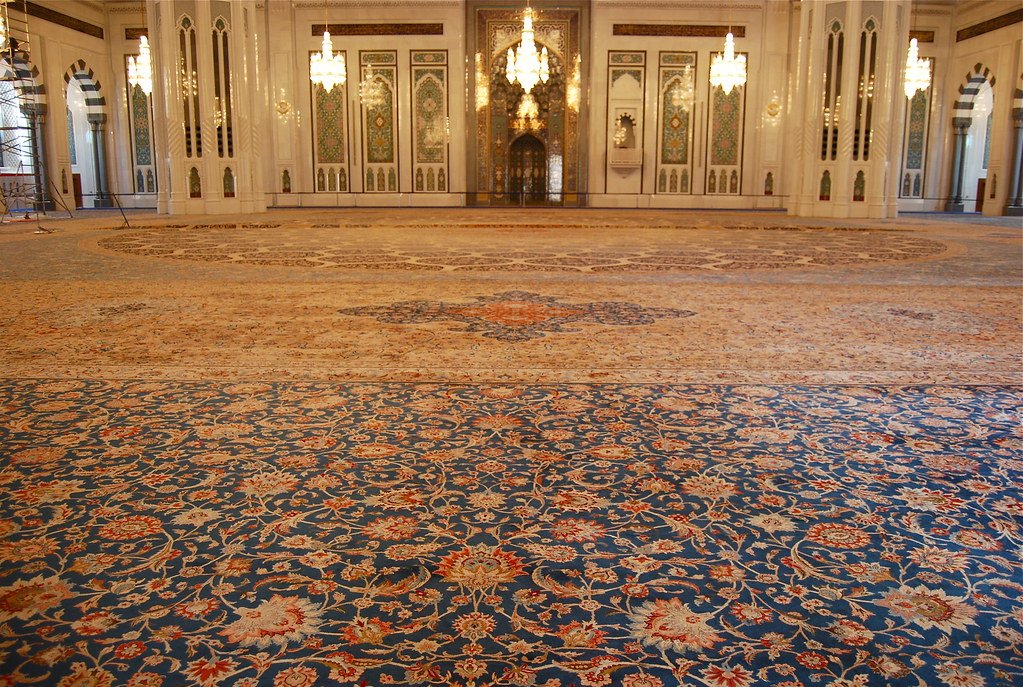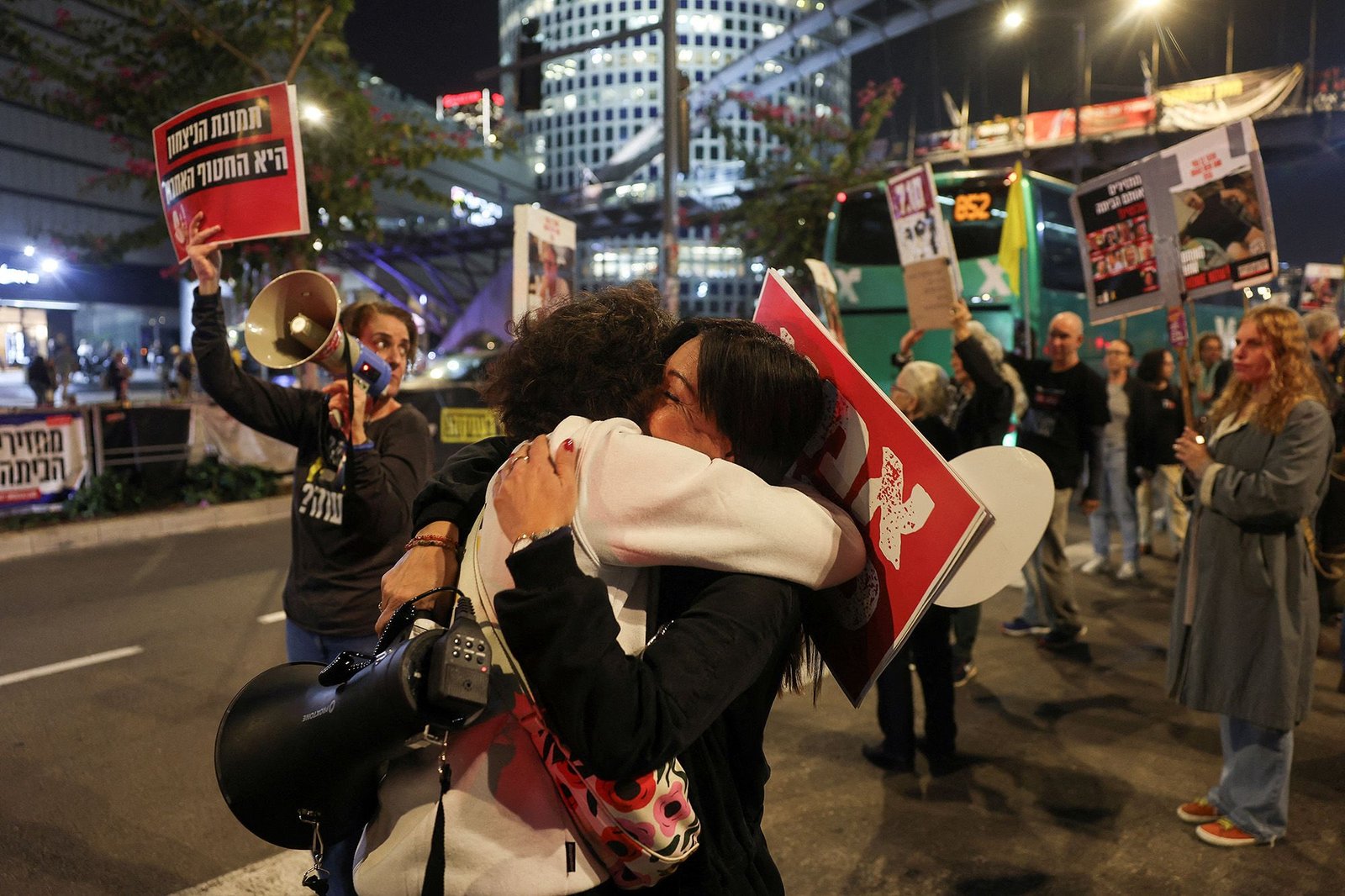MUSCAT; The Sultan Qaboos Grand Mosque in Muscat, Oman, has long been renowned for its architectural magnificence, but one of its most striking features is the enormous hand-woven carpet that once covered the main prayer hall. Until a few years ago, this carpet held the record as the largest single-piece hand-woven carpet in the world, stretching over 4,000 square meters. Composed of 1.7 billion knots, its intricate design reflects both traditional Islamic artistry and the remarkable craftsmanship of Omani artisans, combining elegance with devotional function in the heart of the mosque.
The creation of the carpet was a monumental task that spanned several years, involving hundreds of skilled weavers from Iran. Each knot was tied by hand, requiring precision, patience, and extraordinary attention to detail. The design incorporates floral motifs, geometric patterns, and calligraphic elements that harmonize with the mosque’s interior architecture, creating a seamless visual connection between the floor and the surrounding ornate walls and chandeliers. The sheer scale of the carpet also presented unique logistical challenges in transportation, installation, and maintenance, making it a marvel of both artistry and engineering.
Visitors to the mosque are often struck by the carpet’s ability to transform the prayer hall into a vast, unified space that exudes serenity and spiritual reverence. Beyond its aesthetic value, the carpet plays a functional role, providing comfort for thousands of worshippers who gather for daily prayers and special religious occasions. Its thickness and texture were carefully designed to accommodate large congregations, allowing individuals to kneel and pray with ease while contributing to the overall acoustics and ambiance of the sacred hall.
Over the years, the Sultan Qaboos Grand Mosque’s carpet has symbolized Oman’s commitment to preserving traditional craftsmanship and celebrating Islamic heritage on a grand scale. While newer carpets have been introduced, the original record-setting hand-woven masterpiece remains an iconic representation of dedication, skill, and cultural pride. For many, it is not just a carpet but a testament to human ingenuity, artistic collaboration, and the enduring legacy of one of the world’s most magnificent mosques.



